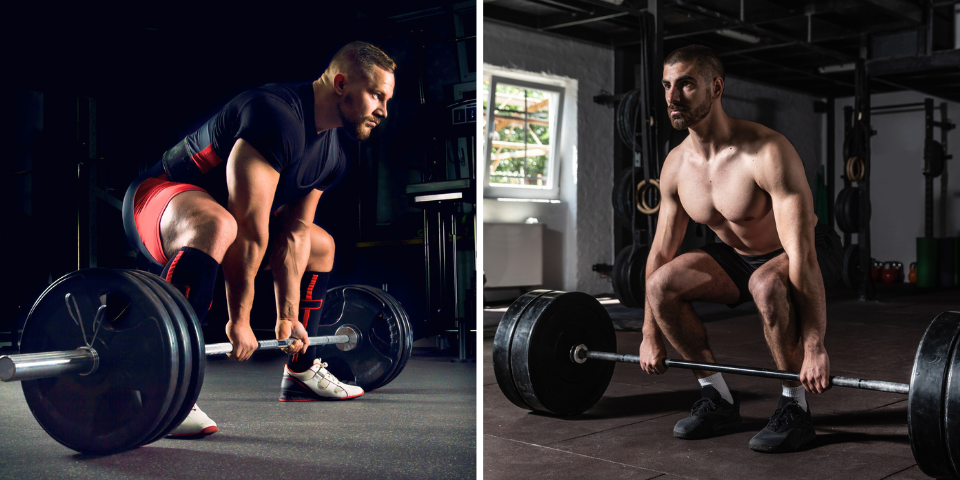Conditioning is the process of introducing, accustoming, training, and tolerating new physical characteristics or states; broadly speaking, conditioning is making those seeking to be more fit, BETTER!
In this 3-part series, we review:
Part 1: The Essentials of Good Conditioning
Part 2: Getting Technical: Tying Fitness Goals to Conditioning Approaches & Metrics
Part 3: Part 3: Drilldown on Strategies for Training Energy Systems
PART #1: The Essentials of Good Conditioning
By Leo Shveyd, Co-Owner of Advanced Wellness
Tip #1: Make Your Approach to Improving Conditioning Specific to YOU
So, you want to get in better condition? Before you get to work on a new approach to reaching this important goal, let’s first consider both your specific objective and you, as the client. Conditioning is task and person-specific and therefore, you must ask and answer these two questions: “Conditioning for what? And, for whom?” The answers to these questions will guide your approach and narrow your options to those most relevant to your specific situation. So, ask yourself these important questions:
- What are you conditioning for?
- How will you measure “success”?
- What is your specific training history and background?
- Do you have any capability limitations?
Tip #2: Focus on the Right Type of Energy System Depending on Your Sport
After you have narrowed you specific conditioning objective, you want to focus on the type of conditioning which will allow you to reach those goals. From here, conditioning starts to get technical, interesting and is informed by science.
Let’s start with a quick overview of this chart describing anaerobic (oxygen independent) vs aerobic (oxygen dependent) uses of energy:

There are three main types of energy systems: (1) Alactic, (2) Glycolitic/Lactic Acid, (3) Aerobic. The (1) Alactic system is powered by the ATP-PCr (Adenosine Triphosphate-Phosphocreatine) system; the (2) Glycolytic/Lactic Acid system is powered by the ATP-PCr and an additional ingredient, glycogen; the (3) Aerobic system uses oxygen by breaking down carbohydrates, fat and protein (in that order respectively).
In his book, The Physiological Basis for Exercise and Sport, Edward Fox provides a chart that approximates the percentage contribution of each energy system used by different sports. These percentages provide the beginnings of a roadmap when designing training programs for athletes and the specific demands of a respective sport.
Without altering the percentages, I have altered the names of the energy systems for consistency with my chart using Fox’s guidelines:

Below is a visual diagram that allows you to compare the energy system requirements of various sports:
Tip #3: Incorporate the Right Duration, Intensity & Recovery Times
Your training program should map out the appropriate duration, intensity and recovery time between repeated efforts in order to target the desired energy system(s) and achieve the conditioning goals you have set depending on your sport.
The duration and intensity of a given effort determines which energy system is primarily at work. For fitness fans, the goal (i.e. increased muscle mass, weight loss, fat-loss, etc.) can be used to target the specific energy system, and hence the goal of such training. Intensity can be measured via percentage of a 1-Rep Max [1RM], Rate of Perceived Exertion [RPE], use of a Accelerometer or tracking wattage output. Similarly, an athlete’s sport would provide guidance for which energy system to focus on during training. For example, a 10 second, all-out effort would primarily utilize the (1) Alactic system.*
The amount of recovery time also impacts the ability for repeated efforts and the extent of contributions from the same energy system. Approximately two-thirds of recovery actually happens roughly in the first one-third of the recovery process. So for example, resting at least 3 minutes allows the (1) Alactic system to achieve close to full recovery, but a 30-60 second recovery would only get you about half way there.
The amount of recovery time is also based on your desired goal. If your goal were the fastest 100-meter sprint time, more recovery is ideal (up to 15 minutes). If, on the other hand, you want to target repeat maximal efforts as in basketball, perhaps resting 30 seconds will be sufficient to improve your conditioning for the task, depending on the duration and intensity of the effort expended.
In summary, a thorough understanding of your specific training objectives and personal interests, history and capabilities combined with a sports-specific context regarding the energy system used is imperative. This paired with a regimen aligned with appropriate duration, intensity and recovery times will set you up with the right conditioning essentials for your training program.
*Note, however, that irrespective of the main energy system at work in your training program, to one extent or another, the “body draws on all three energy systems with varying percentages and amounts based on the intensity and duration of the effort used”, states Damian Ruse of semiprocycling.com.









Leave a Comment